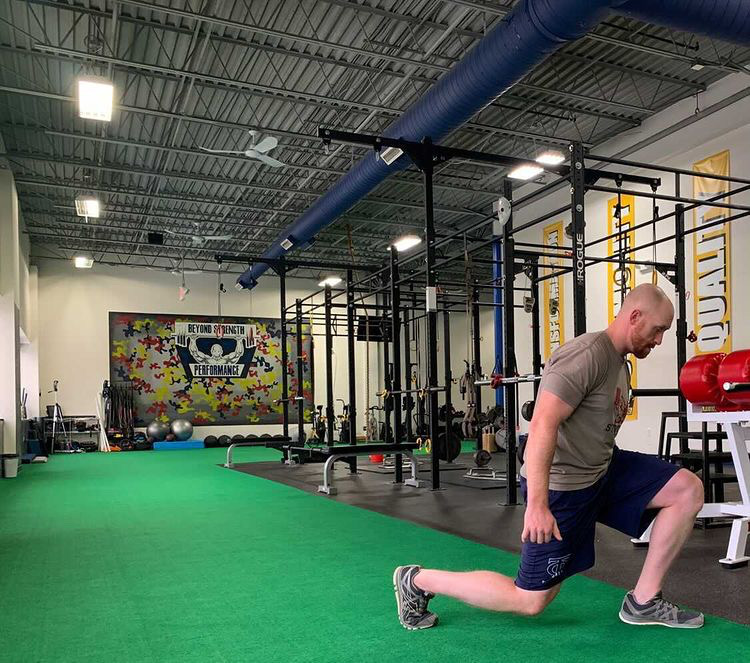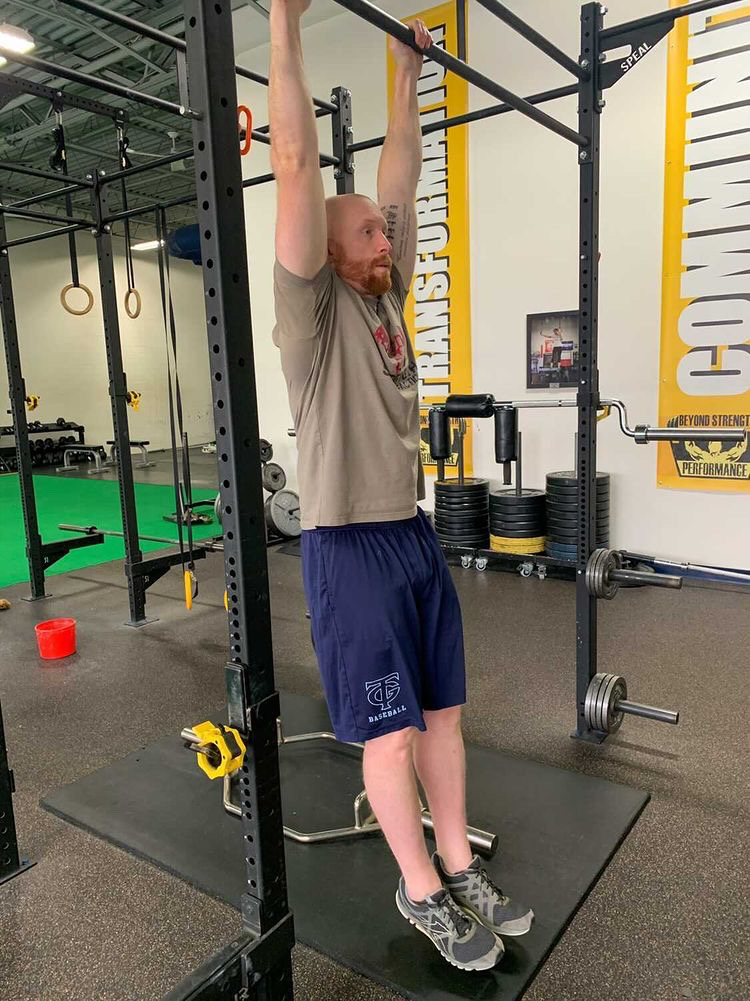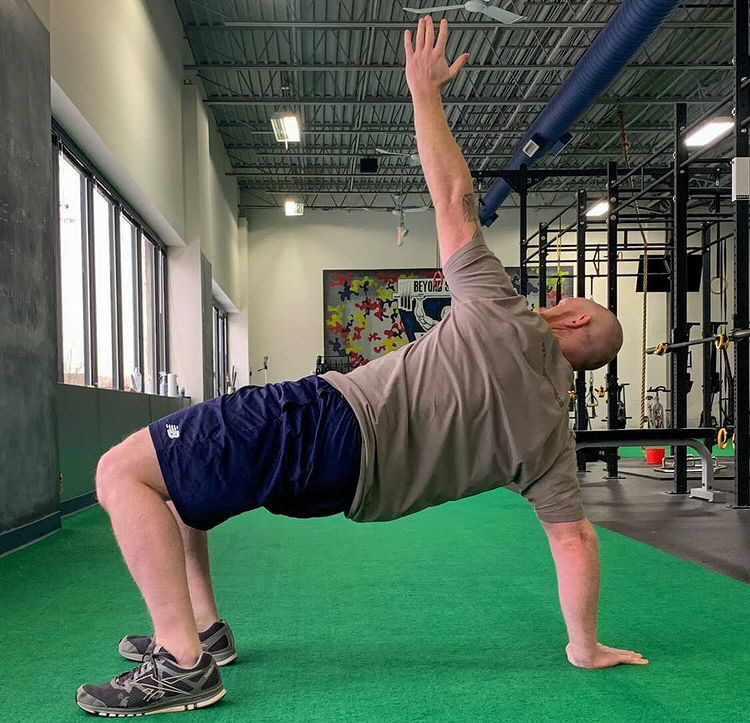Big game seasons are winding down. It’s hunting post-season. As much of a bummer as that is, most of us already have our eyes on next year’s hunts. That means it’s time to start physically prepping for them. If you want to be ready for the mountain next fall, there are some simple things that you can do now to set yourself up for success.
The Goals
Before jumping into strategies and tactics, let’s talk about the outcomes we want to produce with our immediate post-season training.
Goal number one is to recover from a season of treating your body like a pack mule, hauling your carcass all over creation.
Goal number two is to prep for the off-season training to come—so that when it’s time to get after it again, your body is prepared. That means you’ll adapt to training better and decrease your chance of injuring yourself during intense training. It will also allow you to do more work in training— so that you can be in better shape for next season. Keep these two goals in mind as we talk about strategies and tactics.
Strategies and Tactics
Cardiac Output Training
If you’ve read my other training articles here in the Journal, you might be thinking, “Man, this friggin’ guy sneaks cardiac output training into every article!” You’d be pretty much correct so far, but I’m not sneaking. This kind of training is so essential, yet so counterintuitive to what most hunters are taught about how to train, that I have to keep talking about it. In the current context, it’s about blood flow, nervous system tone, and work capacity.
Cardiac output training increases the amount of blood that the heart pushes out with each beat. More blood out means more oxygen and nutrients to your bones, muscles, ligaments, and tendons. More nutrients mean better recovery.
Discussing nervous system tone may seem overly fancy for a hunting training article, but it’s important to understand if you want to get the most out of your body. Our autonomic nervous system is in a constant flux between sympathetic (fight or flight) and parasympathetic (rest and digest). Your autonomic nervous system controls your heart rate—jacking it up when necessary, and slowing it down, as well.
Since cardiac output training increases the amount of blood that your heart can pump out with each stroke, it keeps you from going too far toward the sympathetic end of the spectrum because your heart rate won’t need to elevate as much during other types of training.
The prolonged, slow stimulation of the body also lowers the nervous system tone from the likely more sympathetic tone you’re living in from stress on the mountain and daily life.
As an added effect, your work capacity increases because it takes more stress to jack up your heart rate—as well as by increasing the efficiency with which your muscles receive nutrients to recover. So, cardiac output training is an essential bridge between recovering from the season and beginning the build toward the next season. Hitting two sessions of forty-five to sixty minutes per week post-season is a great idea. (P.S. It should be in your training program year-round. The amount just changes.)
Bodyweight Isometrics
Tendons, ligaments, muscles, and the joints that connect them all get thrashed during tough hunting seasons. They need the training to repair them after all the heck we put them through. In addition, they need prepping for the future heck of off-season training. Isometrics helps with both.
Isometrics helps strengthen tendons because of time under tension. In most strength training, tendons aren’t under tension long enough to get the best possible training effect. But the continued tension of an isometric hold gets them the work that they need.
When done correctly, they also strengthen your joints at their greatest and smallest ranges of motion. For example, if you hold the bottom position of the push-up, you’re strengthening the front of your shoulders at the extreme stretch position, and the back of your shoulders in the extreme shortened position. This is important because most of the injuries we sustain are at one extreme or the other. Holding isometrics tells the brain, as well as the body, that you can handle that position and decreases your chance of injury. (Or, at the very least, decreases the severity of the injury.
I’ve seen the following positions provide the best results with isometric training:
-Lunge
-Push-up
-Row
-Squat
-Bar Hang
Doing multiple sets of :30 at the end of a strength workout, splitting up the positions throughout the week, is a solid way to fit them in. They also fit well into a warm-up.
Movement and Mobility Training
Let’s keep the discussion on joint health going. Like cardiac output, I talk about mobility training a lot. Because, like cardiac output training, it’s neglected but critical… especially if you want to be mountain hunting into your later years.
I’ve mentioned CARs before. CARs stands for Controlled Articular Rotations. That means taking your joint through a full range of motion, in a big circle, with some tension—as if you’re trying to pull it through the air.
I use CARs in my hunting performance programs year-round, but I think they’re especially important post-season. Like isometrics, they’ll help repair some of the damage done to your joints while you tried to break yourself on the mountain this season. But they also set the course for healthy joints in the future. A quick YouTube search will provide you CARs examples for every joint in your body.
They fit great into a warm-up before strength training. But I also recommend doing them every day, first thing in the morning, for your hips, shoulders, spine, and ankles. One set of a few reps each should be sufficient, and it’ll only take you a few minutes to get them done. I do them while my coffee is brewing.
You’d also do well to include a mobility specific training day in your weekly plan. Performing multiple sets of CARs in circuit form for each joint in the body works well. Do them before doing your cardiac output training, and you’ll feel right at the end of that training session.
Volume Accumulation Training
As you transition from the immediate post-season into the off-season, work capacity is the name of the game. To be prepped for next season’s hunts, you’re going to do a lot of training throughout the winter, spring, and summer. You’re not going to be able to work as hard or for as long if your body doesn’t have the requisite work capacity. Cardiac output, and other aerobic training methods, help. But I have another favorite: volume accumulation training.
Here’s how it works: you set a total amount of reps for a bodyweight exercise to be done during a day, and then do that amount. All of the reps should be easy and fast, and you should never feel fatigued. For example, the goal is 100 push-ups a day. You’ll break that up into easy sets of five to ten reps done between the time you wake up and the time you go to bed.
Not only will accruing all of the volume improve your work capacity, but it will also give you tons of practice to improve your skill with the exercises. Beyond that, it trains you to prep for bouts of work broken up throughout the day. Think, glassing then walking. Glassing then walking again. Volume accumulation training is a general way to begin preparing for the specific demands of backcountry hunting. Any bodyweight exercise works. My favorites are push-ups, chin-ups, and reverse lunges.
Start with setting a goal of 50 to 100 reps for a given day. For the first month, keep the same amount of reps. During the second month, increase the number of reps by ten or so per week.
I’ll usually pair volume accumulation training with cardiac output training. Meaning that I also do my volume accumulation training on the days I do my cardiac output training. It’s solid one-two of work capacity.
Basic Strength Training at Moderate Intensity
Along with all of the joint repair and capacity building, it’s also time to start rebuilding the strength lost during hunting season. Strength is the keystone to longevity—it’s the quality that all others are built on. So, your off-season training should include plenty of it. But as a former powerlifter, I can tell you that it’s easily overemphasized and overdone. We need strength, but we need to be sensible about it.
During your post-hunting season training, strength training should be done at moderate volumes and moderate intensities (volume meaning the amount that you do, and intensity meaning how heavy the weight is). With my hunting performance clients, we keep strength training around a @7 on the rating of perceived exertion (RPE) scale.
Here’s the full scale:
@10: Maximal Effort. No reps left in the tank.
@9: Heavy Effort. Could have done one more rep.
@8: Could have done two or three more reps.
@7: Bar speed is “snappy” if maximal force is applied.
@6: Bar speed is “snappy” with moderate effort.
@7 can also mean that you leave about four reps in the tank at the end of each set. So, if you’re doing a set of five, choose a weight that you could do about nine reps with.
Toward the end of the post-season (about eight weeks or so), and as you transition into off-season training, you can start to up the intensity to some sets of @8.
There’s no sense in going too heavy too fast and hurting yourself. Also, you can get stronger without using maximal weights all the time. Leave reps in the tank and live to fight another day.
Conclusion
The main goals of post-season hunting training are recovery and preparation. Keeping those goals in mind, we use simple tactics that work to meet them. Use the tactics in this article for the next eight weeks or so and you’ll be better prepped for an off-season of solid training.
Bio
Todd Bumgardner, MS is an author, coach, and outdoorsman. He’s a performance coach for a Tier 1 tactical unit while also co-owning a gym (Beyond Strength Performance NOVA) and a mentorship program for coaches and trainers called Strength Faction. He splits his time between Northern Virginia and Central Pennsylvania, and when he’s not either of those places, he’s traveling to hunt or fish.





